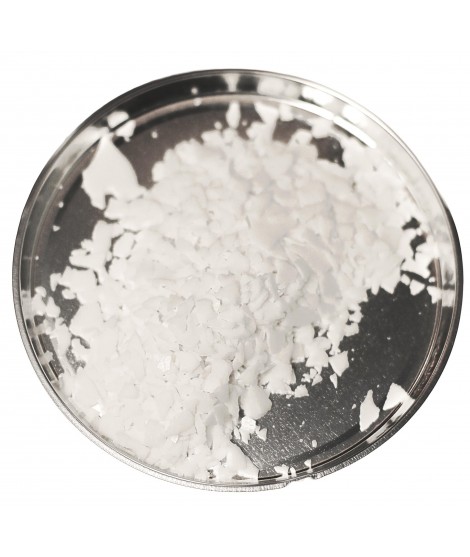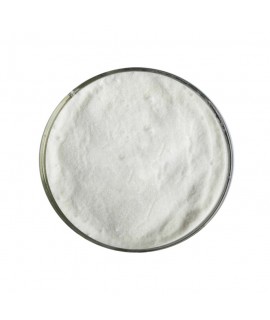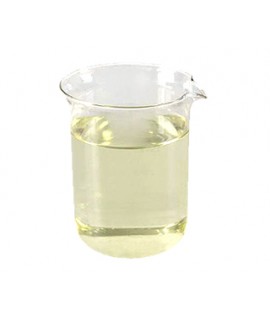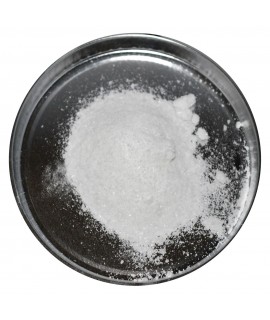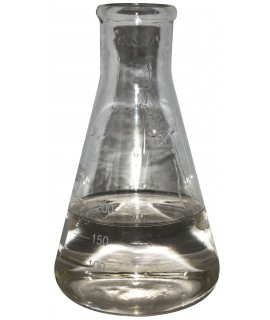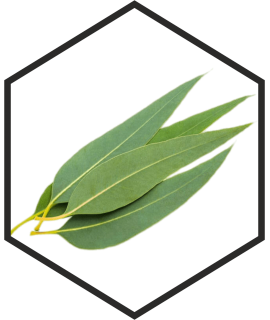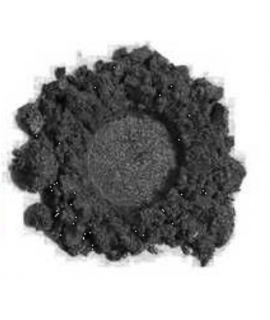|
Parameter |
Attribute |
||
|
Potassium hydroxide |
Caustic potash, Lye, Potash lye, Potassia, Potassium hydrate |
||
|
Formula |
KOH |
||
|
Structure |
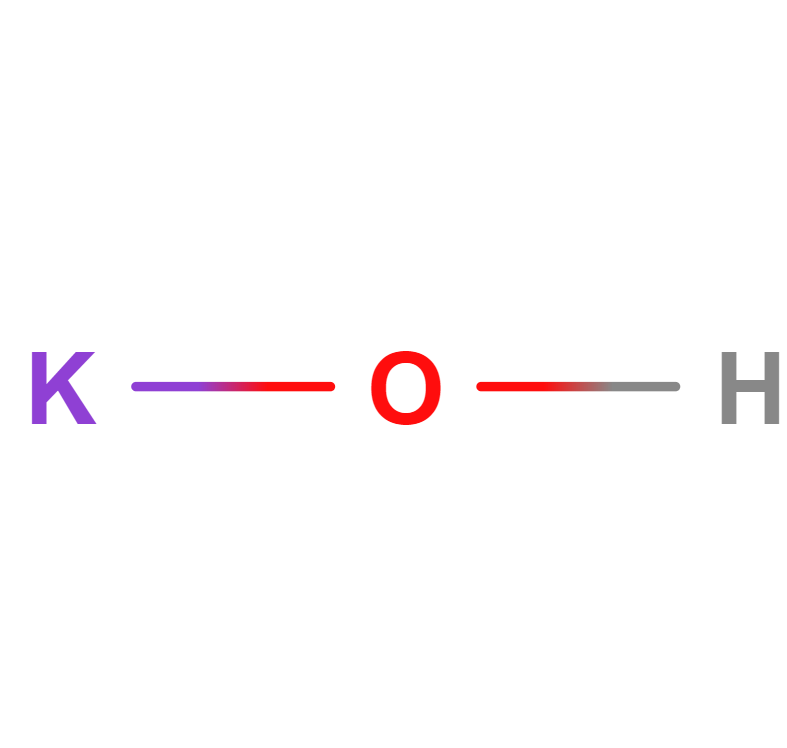 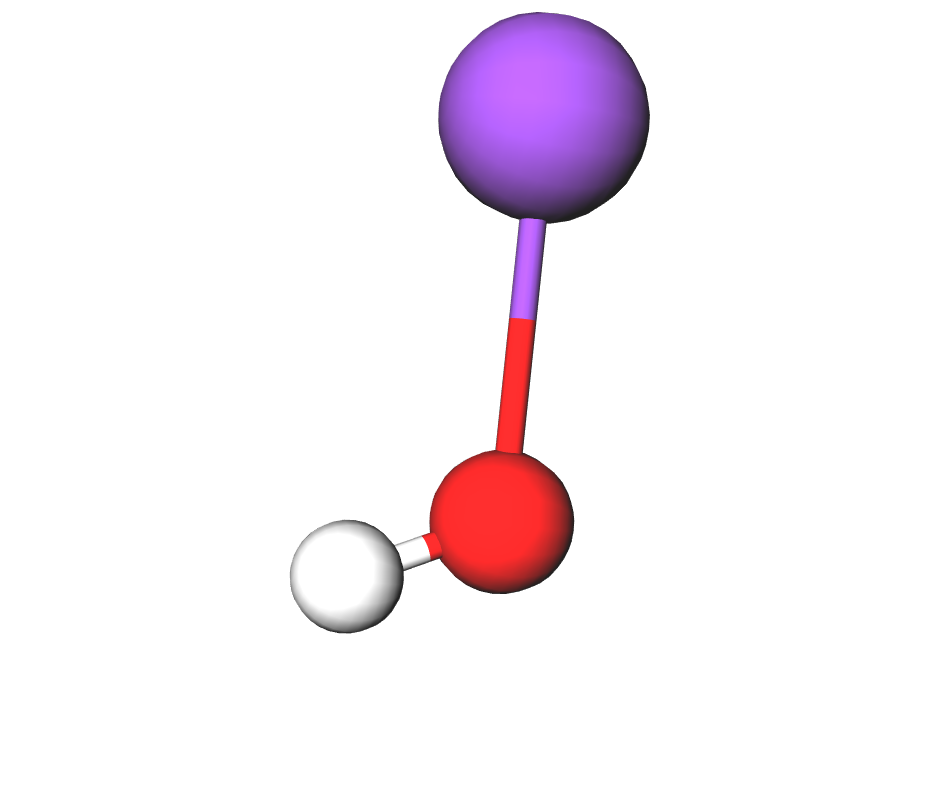 |
||
|
IUPAC |
Potassium hydroxide |
||
|
INCI |
POTASSIUM HYDROXIDE |
||
|
CAS |
1310-58-3 |
||
|
Molar mass |
56,11 g/mol |
||
|
Density |
2,044 g/cm3 (20 °C) |
||
|
Solubility |
In water: 85 g/100 g (-23.2 °C) |
In methanol: 55 g/100 g (28 °C) |
In isopropanol: ~14 g / 100 g (28 °C) |
An inorganic compound with the formula KOH, commonly called potassium alkali. Like sodium hydroxide (NaOH), this colorless solid is a strong base. It has a wide range of industrial and niche applications, most of which exploit its corrosive nature and reactivity with acids. KOH is noted as a precursor to many soft and liquid soaps, as well as to potassium-rich chemicals.
A precursor to other potassium compounds. Many potassium salts are prepared by neutralization reactions involving KOH. Potassium salts of carbonate, cyanide, permanganate, phosphate and various silicates are obtained by treating acid oxides or acids with potassium alkali.
Biodiesel production. Although more expensive than sodium hydroxide, KOH is an effective catalyst for biodiesel production by transesterification of triglycerides in vegetable oil. When the toxic methanol is removed from the glycerol produced by potassium hydroxide-treated biodiesel, it can be used as a useful and inexpensive feed additive for livestock.
Cleaning agents. Potassium hydroxide is found in a wide range of preparations such as liquid soaps, lotions, shampoos, hairsprays and denture cleaners, and is also present in a number of industrial compounds such as oven cleaners, drain cleaners, driveway and concrete cleaners, non-phosphate detergents, and drainage and pipe cleaning agents. The corresponding potassium soaps produced by the potassium lye grease saponification process are milder than the more common soaps made from sodium lye. Due to their gentleness and higher solubility, these soaps require less water to liquefy and can therefore contain more cleaning agent than liquid sodium soaps.
Fertilizer industry. KOH is used to produce fertilizers that provide potassium to crops, especially those crops that cannot tolerate chloride ions. A mixture of phosphoric acid and potassium hydroxide is often sprayed on plants to kill pests and prevent disease. Harvested plants that have been sprayed with this mixture will not contain pesticide residues.
In laboratories. It is used to obtain potassium salts, which are used in various processes. For example, potassium cyanide is used in gold extraction and electroplating, while potassium permanganate is widely used as a disinfectant. Potassium phosphate is used in the production of fertilizers. It is required for various analytical procedures, for example, it helps to determine acid concentrations. It is used for acid neutralization reactions.
pH adjusting agent. As a base, potassium hydroxide acts as a pH regulator in industrial production and processing applications. In the agricultural industry, potassium hydroxide is used to regulate the pH of acidic soils.
Medicine. Potassium hydroxide is also used in medicine. In veterinary medicine, potassium hydroxide is used to remove horn growths in calves and to dissolve scales or hair. In humans, potassium hydroxide can be used to diagnose fungal infections. It can also be used to dissolve warts and scabs.
Food. Potassium hydroxide is often found as an additive in commercially processed foods. It is added to processed foods as a stabilizer to extend the shelf life of the product and as a thickener. Potassium hydroxide is used in the processing of chocolate and cocoa, in the processing of soft drinks and in the thickening of ice cream. It is used for softening and glazing olives before frying. It is also used for washing and chemical peeling of fruit and vegetables. It is used to obtain the color of caramel.
Electrolyte. Aqueous potassium hydroxide is used as an electrolyte in nickel-cadmium, nickel-hydrogen and manganese dioxide-zinc based alkaline batteries. Potassium lye solution is preferred for the production of alkaline batteries because it is more electrically conductive than sodium lye. However, mixtures of the two solutions can also be used, as in the nickel-metal hydride batteries of the Toyota Prius. Nickel-iron batteries also use potassium hydroxide electrolyte.
Petroleum industry. Potassium hydroxide is also used in the oil and natural gas refining industry for the removal of organic acids and sulfur compounds. Carbon dioxide (CO2), sulfur trioxide (SO3) and nitrogen trioxide (NO3) in the gas streams are absorbed by KOH.
Niche applications:
- "Chemical cremation" - potassium hydroxide is used to accelerate the decomposition of soft tissues in both animals and humans, leaving only the bones and other hard tissues. Entomologists wishing to study the anatomical structure of insects in great detail can use a 10% aqueous solution of KOH to carry out a "chemical cremation";
- due to its corrosive properties, potassium hydroxide can be used for the production of substances and preparations that clean and disinfect surfaces and materials that are resistant to KOH corrosion;
- used in the manufacture of semiconductor chips;
- potassium hydroxide is often the main active ingredient in chemical "cuticle cleaners" used in manicure treatments;
- is used to chemically remove hair from animal skins. The same effect is also used to weaken human hair before shaving;
- is used to identify some types of fungi. A 3-5% aqueous KOH solution is poured on the fungus and the color of the fungus is seen to change. Based on this color change reaction, certain species of fungi can be identified;
- used as an antifoaming agent in the papermaking process;
- used as lawn food, industrial fertilizer, fungicides and herbicides;
- heated potassium hydroxide is often used in the etching process of silicon wafers, which is important in the manufacture of certain microelectronic devices.
Important: Add the item to your basket, fill in the recipient's details and confirm your order. Thank you!
To save your precious time, we will deliver your order to your address at a time convenient for You!
*- Pictures of the goods may not reflect the actual appearance, color, assembly or shape of the goods and their packaging. The information in the product description is general and may not correspond to the information on the packaging of the product and may not be accurate as to the use of the product. The information given on the stocks and prices of goods may, in certain cases, differ from the actual prices and stocks of goods
|
Signal word: Danger |
|
Hazard icons:
|
|
Danger phrases: H290 May corrode metals H302 Harmful if swallowed H314 Severely burns skin and damages eyes |
|
Precautionary statements: P260 Do not inhale dust/ fumes/ gases/ mists/ vapors/ aerosols. P280 Wear protective gloves/protective clothing/eye/face protection. P301+P330+P331 IN CASE OF DANGER: Rinse mouth. DO NOT induce vomiting P303+P361+P353 IN CASE OF CONTACT WITH SKIN (or hair): Remove all contaminated clothing. Wash skin with water or shower P305+P351+P338 IN EYES: wash gently with water for a few minutes. Remove contact lenses, if present and if easy to do so. Continue to wash eyes. P310 Call the ACCIDENT CONTROL AND INFORMATION OFFICE or seek medical advice immediately. |
Related products
(8 other products in the same category)

